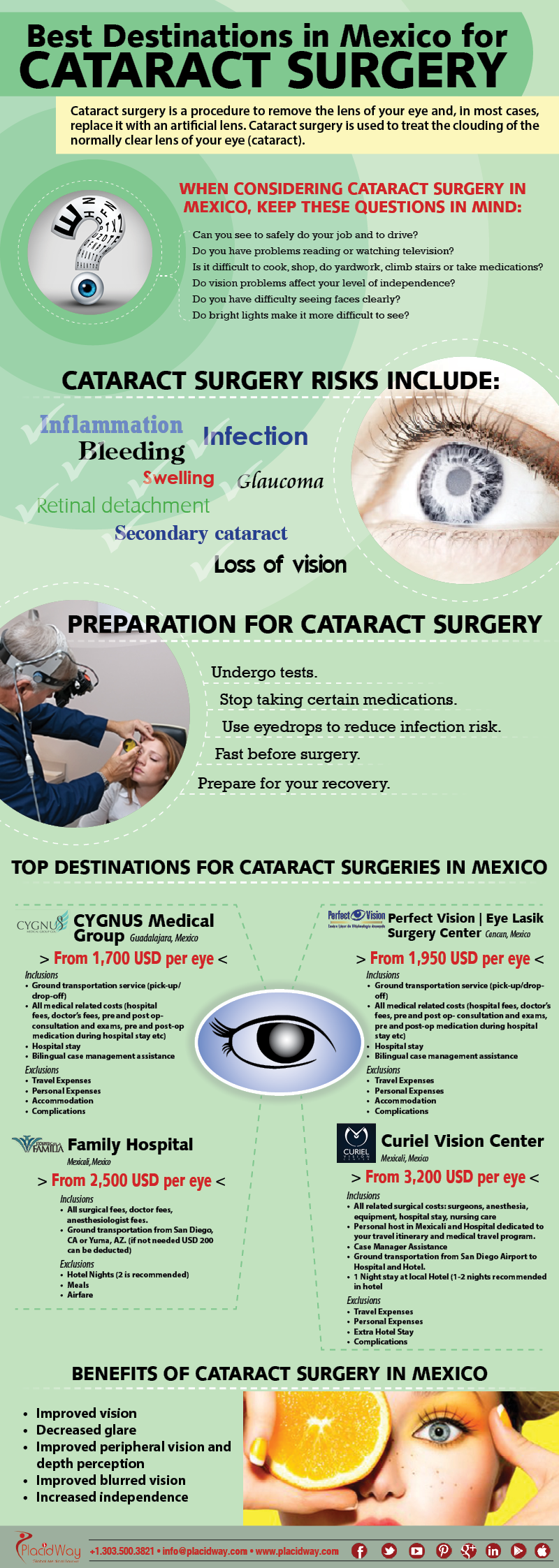Exactly How Does SMILE Eye Surgical Treatment Compare To LASIK And PRK?
Exactly How Does SMILE Eye Surgical Treatment Compare To LASIK And PRK?
Blog Article
Post By-Dreyer Michelsen
If you have actually been thinking about SMILE eye surgical treatment, you might question exactly how it compares to LASIK and PRK. Each procedure has its own set of advantages and factors to consider. From quicker recuperation times to possible risks, there are key differences you should be aware of before deciding. Recognizing these distinctions will assist you make an informed selection that straightens with your particular requirements and expectations. Interested to know more about just how these treatments contrast in detail? Go on exploring to gain a comprehensive understanding of SMILE, LASIK, and PRK.
SMILE Eye Surgical Treatment Review
If you're taking into consideration SMILE eye surgical procedure, you'll locate it to be a minimally intrusive procedure with a fast recuperation time. During SMILE (Small Laceration Lenticule Removal), a laser is utilized to produce a little, specific incision in the cornea to remove a tiny piece of tissue, improving it to fix your vision. This differs from LASIK, where a flap is created, and PRK, where the outer layer of the cornea is totally eliminated.
One of the vital benefits of SMILE is its minimally intrusive nature, bring about a faster recovery procedure and less discomfort post-surgery. The recovery time for SMILE is fairly quick, with several patients experiencing boosted vision within a day or 2. This makes it a prominent option for those seeking a hassle-free and efficient vision improvement treatment. Additionally, SMILE has actually been shown to have a reduced threat of dry eye syndrome compared to LASIK, making it a positive alternative for people concerned about this prospective side effect.
Differences In Between SMILE, LASIK, and PRK
When comparing SMILE, LASIK, and PRK eye surgeries, it's important to recognize the unique methods made use of in each treatment for vision improvement.
SMILE (Tiny Incision Lenticule Extraction) is a minimally intrusive treatment that entails creating a small laceration to draw out a lenticule from the cornea, improving it to fix vision.
LASIK (Laser-Assisted Sitting Keratomileusis) involves creating a slim flap on the cornea, making use of a laser to reshape the underlying tissue, and then repositioning the flap.
Average Price Of LASIK Surgery (Photorefractive Keratectomy) removes the outer layer of the cornea prior to improving the cells with a laser.
The major difference hinges on the means the cornea is accessed and dealt with. SMILE is flapless, making it an excellent alternative for individuals with slim corneas or those involved in call sporting activities. LASIK provides rapid aesthetic recovery because of the flap creation, however it may present a higher risk of flap-related issues. PRK, although having a longer recovery period, avoids flap-related issues completely.
Understanding these differences is crucial in choosing one of the most appropriate procedure for your vision correction demands.
Benefits And Drawbacks Contrast
To examine the advantages and downsides of SMILE, LASIK, and PRK eye surgical treatments, it's necessary to take into consideration the particular benefits and potential restrictions of each treatment. SMILE surgical procedure uses the benefit of a minimally intrusive treatment, with a smaller sized incision and potentially quicker recuperation time contrasted to LASIK and PRK. It likewise lowers the threat of completely dry eye post-surgery, a common negative effects of LASIK. Nonetheless, SMILE might have limitations in treating higher levels of nearsightedness or astigmatism contrasted to LASIK.
LASIK surgery supplies rapid visual recovery and marginal pain throughout the treatment. It's highly efficient in dealing with a large range of refractive mistakes, consisting of myopia, hyperopia, and astigmatism. Yet, LASIK brings a risk of flap difficulties, which can impact the corneal framework.
PRK eye surgery, while not as prominent as LASIK, stays clear of developing a corneal flap, lowering the risk of flap-related issues. It's suitable for clients with thin corneas or irregular corneal surfaces. Nonetheless, PRK has a longer recovery time and may include a lot more pain throughout the recovery procedure.
Conclusion
So, when it involves selecting between SMILE, LASIK, and PRK, consider it like selecting the excellent set of shoes. SMILE is like a sleek, comfy pair of sneakers - quick and very easy.
LASIK is more like fashionable high heels - flashy and quickly, however with some possible dangers.
PRK is like strong hiking boots - dependable and resilient, but requiring a bit even more effort and time.
Inevitably, the best option depends upon your private needs and choices.
